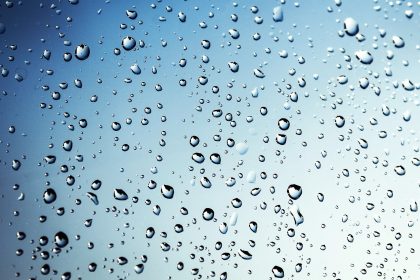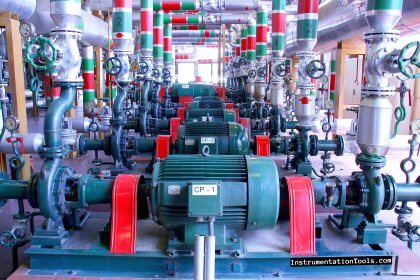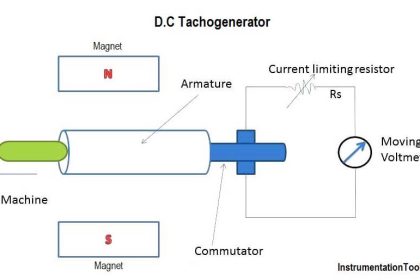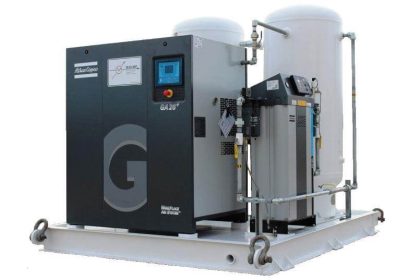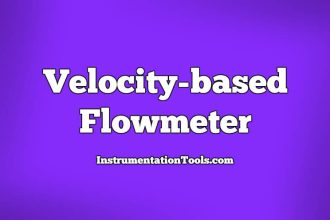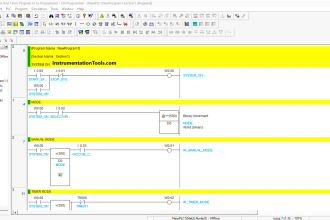In recent years, the advent of affordable and accessible computer numerical control (CNC) machines has sparked a revolution in the world of DIY fabrication. These machines empower hobbyists and enthusiasts to bring their creative visions to life with precision and accuracy.
While commercially available CNC machines are readily available, embarking on a homebrew CNC project can be a rewarding and fulfilling endeavor. In this blog post, we will delve into the fascinating world of homebrew CNC, exploring the benefits, challenges, and steps involved in building your very own CNC machine.
Understanding CNC Technology
Before diving into the project, it’s important to grasp the fundamentals of CNC technology. CNC machines operate on a computerized system that translates design files into precise cutting, carving, or milling actions.
The heart of a CNC machine lies in its ability to interpret instructions and move a cutting tool along different axes with high precision.
Benefits of a Homebrew CNC Machine
Building a CNC machine from scratch offers numerous advantages, including:
a) Cost-Effectiveness: While commercial CNC machines can be expensive, a homebrew project allows you to control costs by sourcing components, motors, and electronics within your budget.
b) Customization: With a homebrew CNC, you have complete control over the design and specifications of your machine. You can tailor it to your specific needs and modify it as you gain experience and expertise.
c) Learning Experience: Constructing a CNC machine from the ground up provides invaluable knowledge about mechanics, electronics, and computer programming. It offers an opportunity to develop new skills and expand your technical expertise.
d) Flexibility and Upgradability: Building your own CNC machine allows you to choose the size, cutting area, and capabilities that suit your projects. As new technologies emerge, you can easily upgrade and enhance your machine.
Planning and Design
Before commencing the construction of your CNC machine, careful planning and design considerations are vital. Here are a few key steps to guide you:
a) Determine Your Project Requirements: Define the primary purpose of your CNC machine. Are you aiming for woodworking, metalworking, or 3D printing? Understanding your needs will influence design choices.
b) Research and Gather Information: Explore online communities, forums, and resources dedicated to homebrew CNC projects. Engage with experienced builders, gather insights, and learn from their experiences.
c) Design Software: Choose a CAD (Computer-Aided Design) software package to create your machine’s mechanical and electrical designs. Popular options include Fusion 360, SolidWorks, or SketchUp.
d) Create a Bill of Materials (BOM): Compile a comprehensive list of components, including stepper motors, linear motion systems, control boards, power supplies, and a spindle or router.

Construction and Assembly
Now comes the exciting phase of physically building your CNC machine. Although the specific construction process varies depending on the chosen design and materials, here are some general steps:
a) Frame and Structure: Construct a sturdy frame using aluminum extrusions, steel, or any other suitable material. Ensure the frame provides rigidity and stability to withstand the cutting forces.
b) Linear Motion Systems: Install precision linear guides, lead screws, or belts and pulleys to enable smooth and accurate movement along the machine’s axes.
c) Electronics and Control: Connect the stepper motors, limit switches, and motor drivers to a control board such as an Arduino or a dedicated CNC controller. Ensure proper wiring and grounding to minimize electrical noise.
d) Spindle and Tool Mounting: Install a high-quality spindle or router to perform the cutting operations. Design and attach a tool holder suitable for your chosen applications.
e) Safety Precautions: Implement safety features such as emergency stop buttons, enclosure guards, and proper wiring to prevent any accidents during operation.
Software and Calibration
Once the mechanical assembly is complete, you’ll need to configure the software side of your CNC machine:
a) Firmware: Flash the appropriate firmware, such as GRBL or Mach3, to the control board. This firmware translates G-code instructions into motor movements.
b) CAM Software: Utilize Computer-Aided Manufacturing (CAM) software to generate toolpaths from your design files and convert them into G-code. Popular options include Fusion 360, Vectric Aspire, or Carbide Create.
c) Calibration and Testing: Fine-tune the machine’s parameters, including steps per millimeter, acceleration, and feed rates. Perform test cuts and iterate until you achieve the desired accuracy.
Learning and Expansion
Building your own CNC machine is an ongoing learning process. As you gain proficiency, you can explore advanced techniques, such as automatic tool changers, probing systems, or closed-loop control. Engaging with the DIY CNC community will expose you to new ideas and help you enhance your skills.
Conclusion
Embarking on a homebrew CNC project is an exciting journey that combines creativity, precision, and technical know-how. By constructing your own CNC machine, you gain the freedom to unleash your imagination and bring your ideas to life.
While the process may present challenges, the rewards are immeasurable as you acquire new skills, save costs, and join a vibrant community of DIY enthusiasts. So, roll up your sleeves, dive into the world of CNC, and embark on an adventure that will elevate your craftsmanship to new heights.
